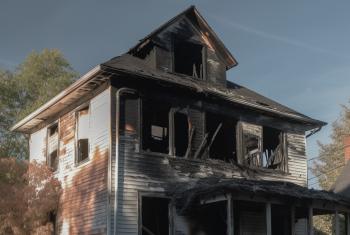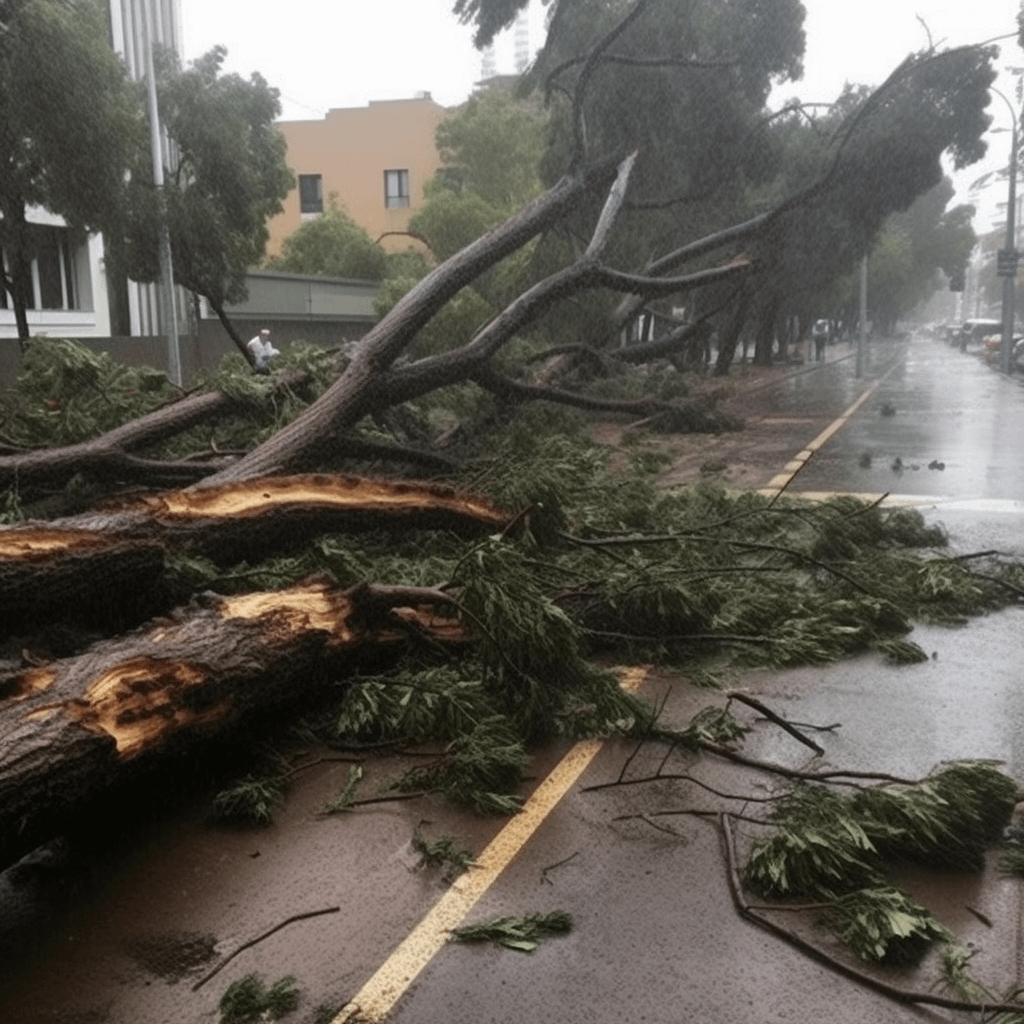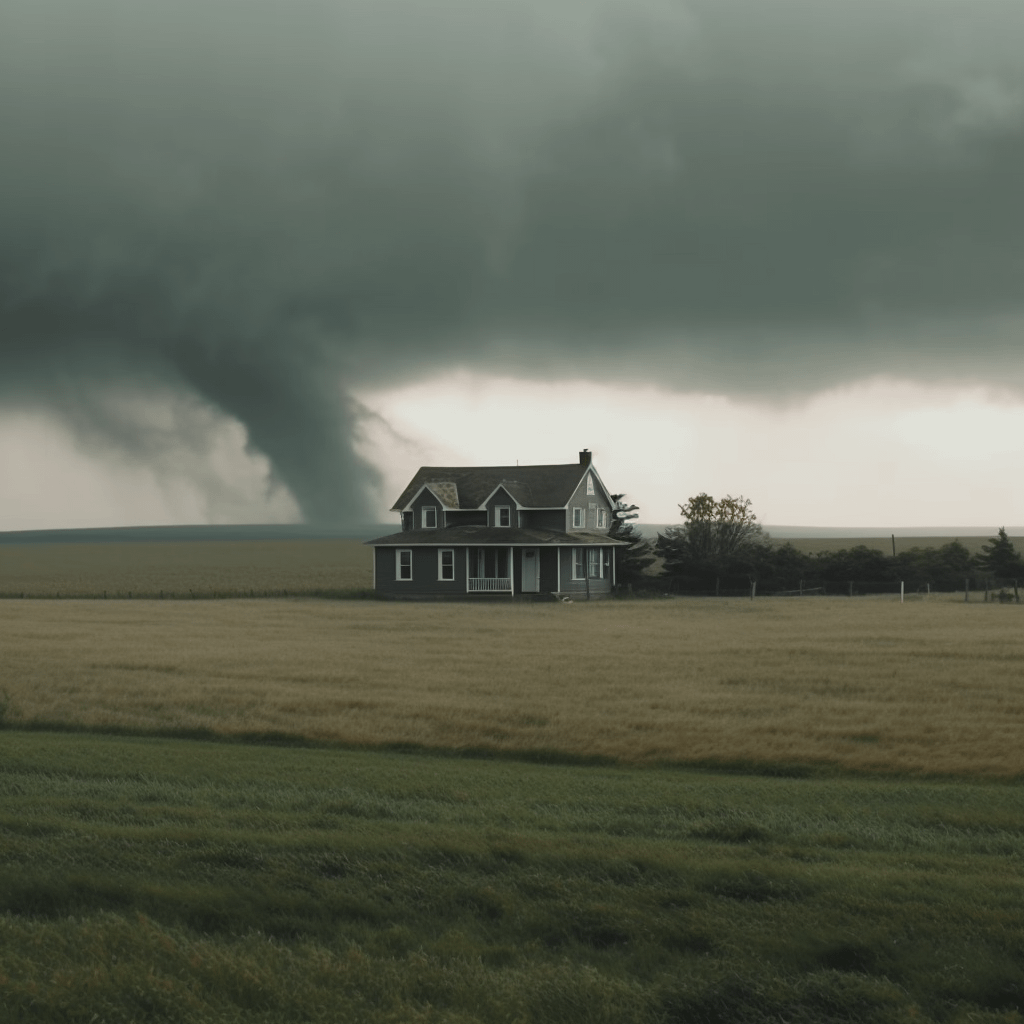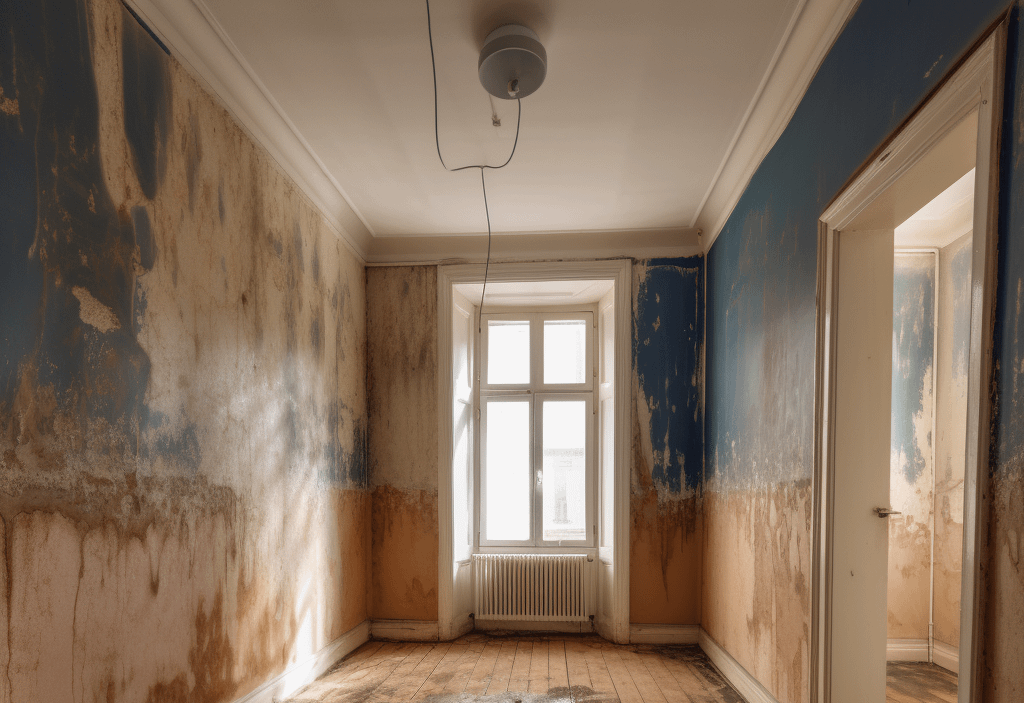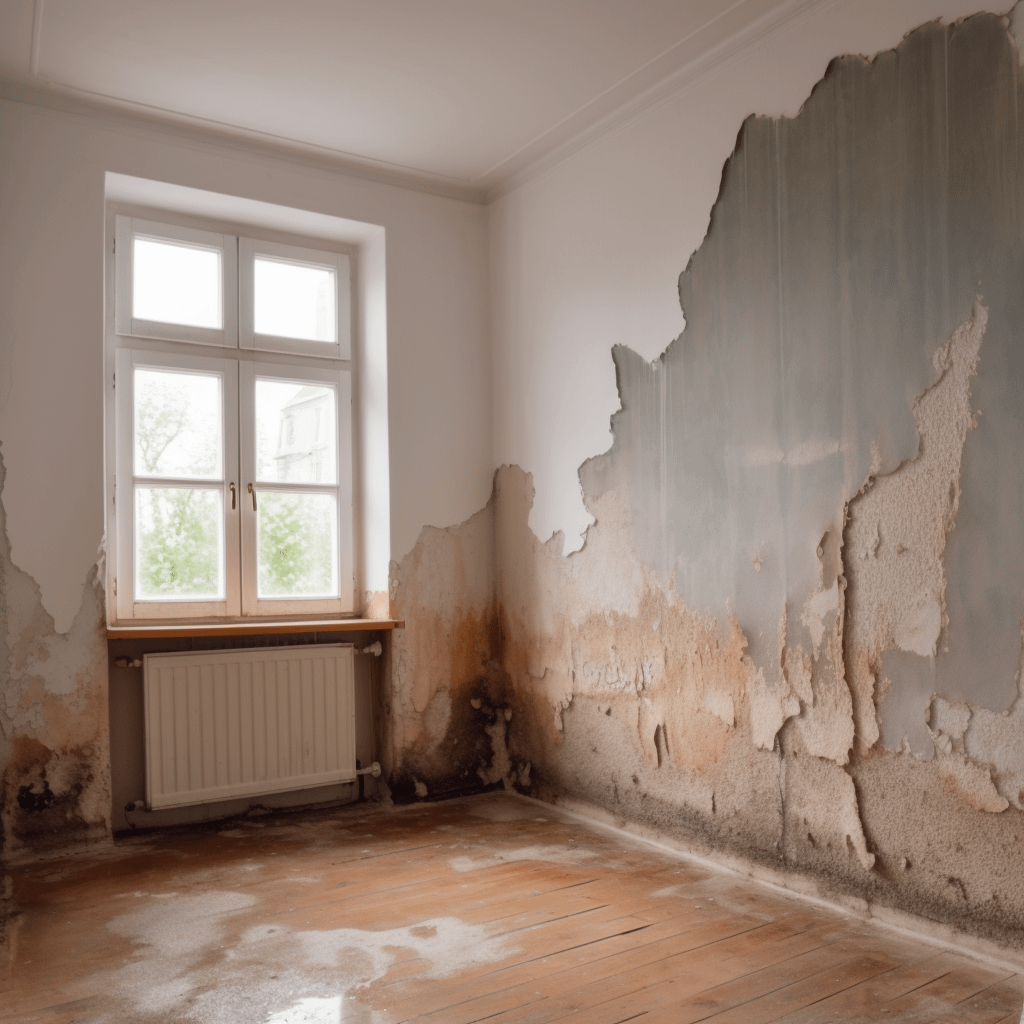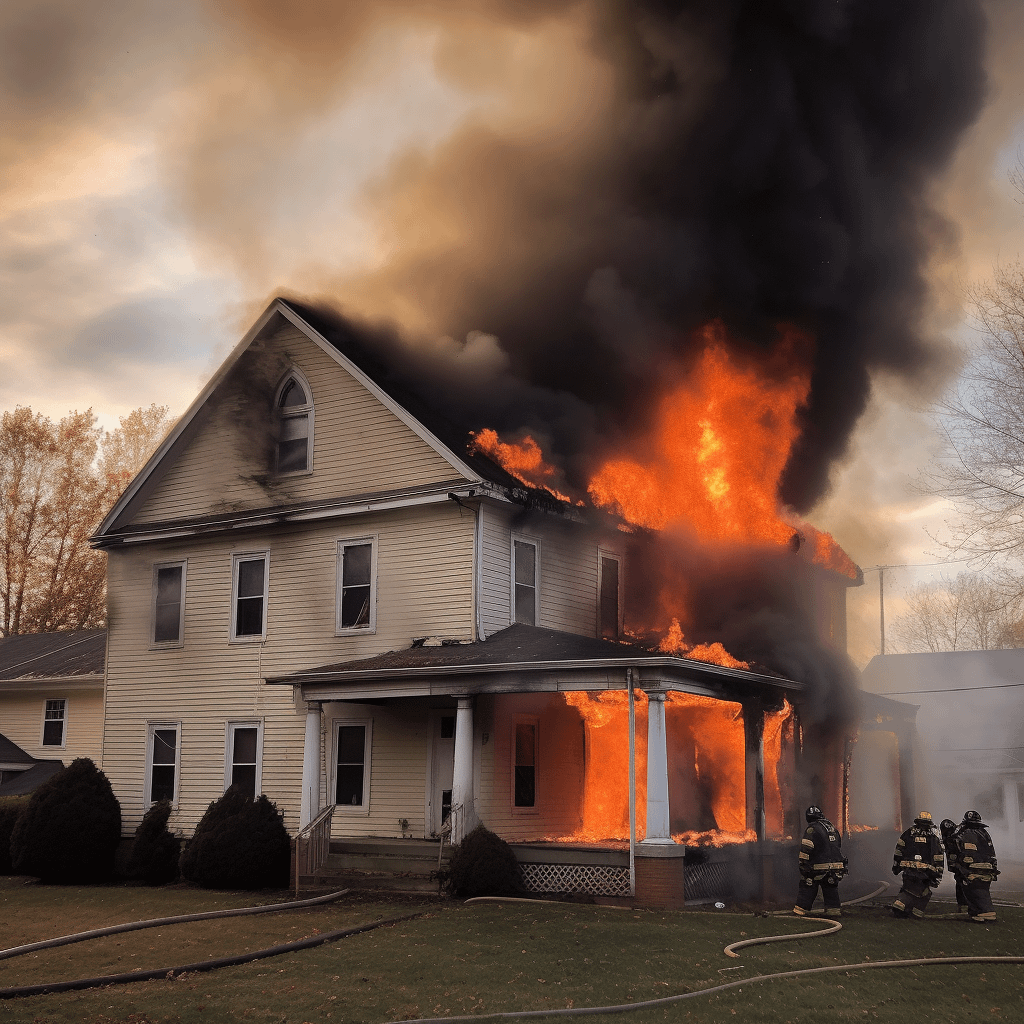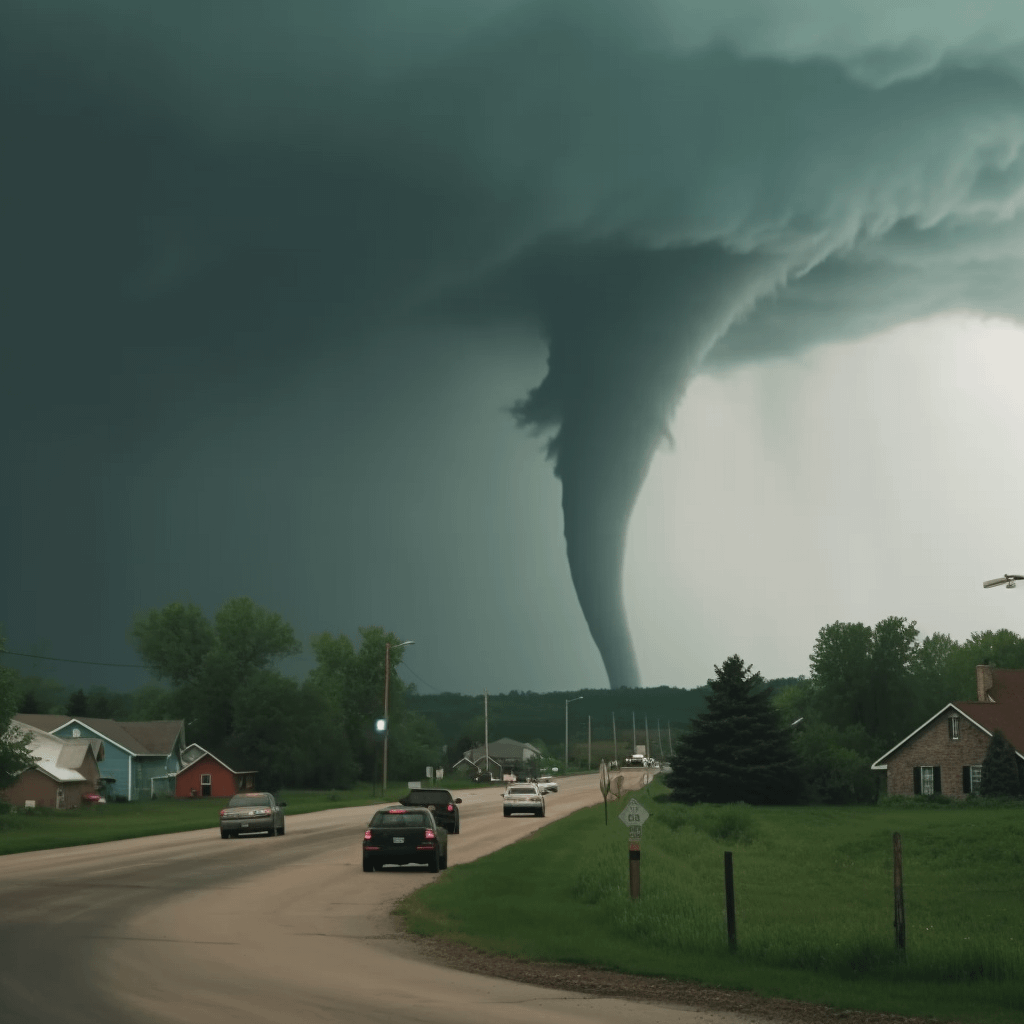Insurance — whether it is insurance for your car, your home, or something else — can help you avert disaster when the unexpected happens. Before you file a claim with your homeowner’s insurance, though, you might understandably wonder: does making a homeowner’s insurance claim automatically increase your rate?
The short answer is that yes, filing a homeowner’s insurance claim may temporarily raise your rates. However, some types of claims can raise your rates more than others. Wallace Law is committed to helping homeowners like you fully understand their policies — and assert their rights when insurance companies act in bad faith.

What Can Increase Your Homeowner’s Insurance Rate?
Before settling on a policy, you likely took your time obtaining several homeowner’s insurance quotes from different insurance companies. But if you have had your policy for any length of time, you may already have noticed that your rates have gone up, even if you have never filed a claim.
The truth is that while filing a homeowner’s insurance claim might raise your rates, many other factors can increase your home insurance premiums as well — from labor shortages to natural disasters.
Increased Costs of Building Materials
Building material prices surged in 2021 and 2022. This price growth slowed somewhat in 2023, but on the whole, building materials are still more costly than they were in even the very recent past.
When pricing insurance policies, insurance companies must consider the cost of repairing or rebuilding a home. Consequently, the higher the price of building materials, the more expensive your home insurance premiums may be.
Skilled Labor Shortages in the Construction Industry
In addition to more expensive building materials, the construction industry is facing another challenge: an ongoing shortage of skilled labor. Because there are more open positions than there are workers, contractors must offer generous wages if they want to hire skilled laborers.
The cost of those wages gets passed down to homeowners and insurance companies when they pay to rebuild or repair a home. In turn, insurance companies often increase premiums.

Natural Disasters and Extreme Weather
After a hurricane, wildfire, tornado, or other natural disaster, insurance companies can pay out millions of dollars in claims. In recent years, the United States has experienced several highly destructive weather events. To help recoup losses from costly natural disasters, insurance companies often raise premiums.
However, in this case, insurers do not usually raise insurance premiums equally across the board. Instead, they may raise them in states that are more prone to floods, tornadoes, and other extreme weather events.
Previously Filed Claims
Insurance companies decide your premium based on risk. Essentially, the greater your risk of filing a claim in the future, the higher your homeowner’s insurance cost is likely to be.
Unfortunately, this sometimes means that your insurance premium will go up after you file a claim. Your premium may be especially likely to go up after you file claims related to the following:
- Dog bites
- Theft
- Water damage
These types of claims tend to increase rates because the events that led to them are likely to happen again. If your dog bites someone, it could be reasonable to expect another incident in the future. Similarly, if you lose property in a theft, your insurer may assume you are in a crime-prone area and raise your rates accordingly.
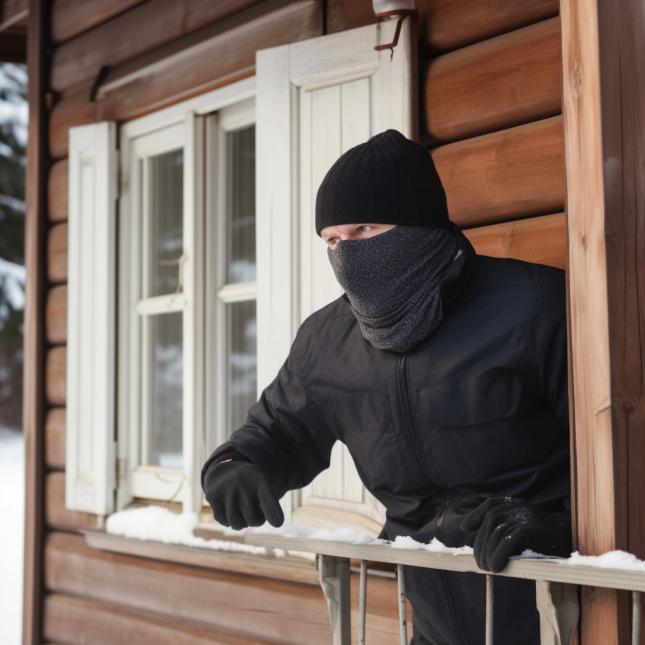
Common Types of Homeowner’s Insurance Claims – and How to Prevent Them
While there is no way to guarantee you will never have to file a homeowner’s insurance claim, you can take proactive steps to protect your home. To do so, you will want to first understand what leads to some of the most common insurance claims.
Consider these examples of some of the most common types of home insurance claims:
Wind and Hail Damage
Wind and hail damage claims tend to be filed most frequently. This type of damage affects about one out of every 35 homes. You may not be able to control the weather, but there are effective ways you can minimize any wind and hail damage your home suffers.
For example, if you have grills or patio furniture outdoors, consider anchoring them to prevent them from becoming airborne and damaging your home in a windstorm. Trimming tree branches that hang over your house and regularly repairing loose shingles can be helpful as well.
Freezing and Water Damage
Freezing and water damage impacts about one in 60 homes. As a result, claims for this damage are also quite common, and they can prove to be very costly. A typical freezing or water damage claim costs more than $10,000 on average.
You can minimize your risk of having to file a freezing or water damage claim by doing the following:
- Raise major appliances like washers off the floor
- Keep gutters clean, and make sure they drain away from the home
- Use downspout extenders
- Keep electrical equipment off the floor
- Run the sump pump periodically
- Clean the sump pump each spring
A little effort can go a long way in these cases.
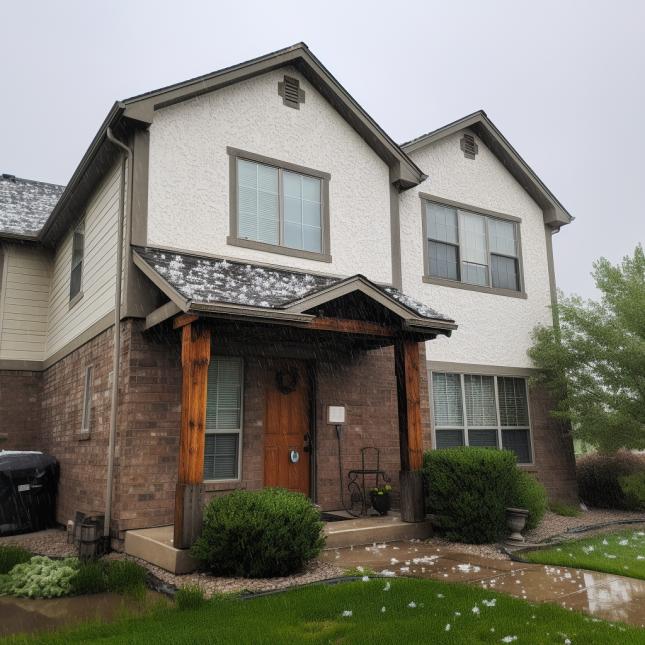
Miscellaneous Property Damage
Property damage not caused by wind, water, hail, or fire impacts about one in 170 homes. One common example of this kind of property damage is damage from rodents and other pests.
Even performing routine maintenance can help prevent a miscellaneous property damage claim. For instance, mice and rats can chew through electrical wiring, but you can reduce your risk of this problem by promptly sealing any small holes that may allow them entry into your home.
Fire and Lightning Damage
Damage due to fire and lightning affects about one out of every 385 homes. While these claims tend to be less common than other types, they are the most expensive on average. The average cost for a fire and/or lightning damage claim is north of $77,000.
To reduce your risk of having to file one of these claims, make sure to keep at least one fire extinguisher on hand. A majority of house fires begin in the kitchen, so you should have a fire extinguisher in the kitchen at the very least. Check smoke alarms monthly to make sure they do not need new batteries and are in good working order.
Theft
About one in every 525 homeowners file theft claims. On average, theft claims are about $4,000, but their value varies dramatically depending on what items are stolen.
You may be able to reduce your chances of having to file a theft claim by using strategic landscaping techniques. For example, installing outdoor lighting or planting prickly bushes by your first-floor windows may deter thieves. Similarly, it is unwise to post about upcoming trips on your social media pages, as some thieves may plan a break-in when they know you will not be there.
Bodily Injury/Property Damage
Bodily injuries and property damage impact about one in 1,425 homes. Claims for such injuries and damage can be expensive; the average liability claim is more than $30,000.
Keeping walkways clear of ice, snow, and other hazards may reduce your risk of these claims. It is also important to note that dog bites and trampolines are behind a significant portion of liability claims.
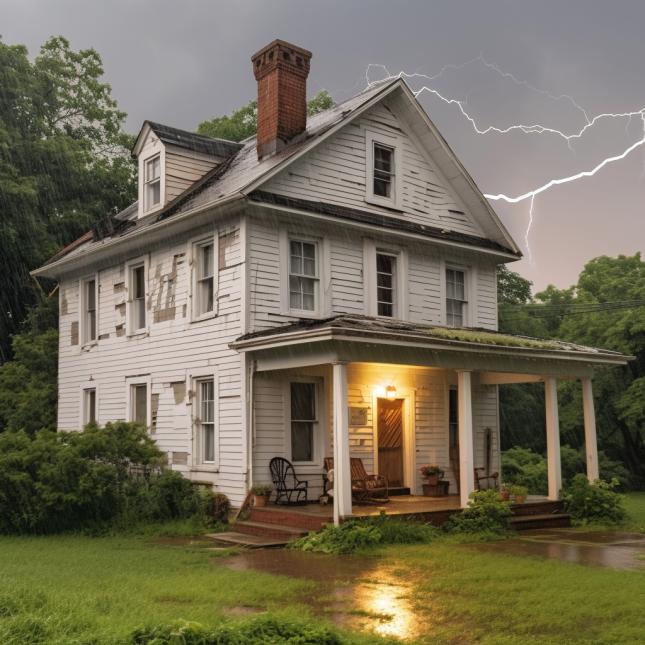
Cons of Filing a Homeowner’s Insurance Claim
In many cases where your home has sustained serious damage, filing a claim with your homeowner’s insurance provider is the best option. However, before filing a claim, you should consider some of the possible downsides.
Your Credit-Based Insurance Score May Be Affected
Many people do not understand that their credit score can impact their insurance rates. Many insurers use something called a “credit-based insurance score” to determine your monthly premium. Having a low consumer credit score can lower your credit-based insurance score — and so can filing one or more insurance claims.
Your Premiums May Rise
Many factors impact your insurance rates, but your claims history can play a major role. Ultimately, the more likely the insurer thinks you are to file another claim, the higher your rates may become. Filing a single claim may increase your home insurance premiums, but filing multiple claims, especially very close together, may cause a more significant increase.

Can I File a Claim Against Someone Else’s Homeowner’s Insurance?
The short answer is yes. In addition to covering damage to the home, homeowner’s insurance policies also tend to offer liability coverage. If you suffer an injury on someone else’s property because that person was negligent, you can generally file a claim against their insurance.
Here is how to file a claim against someone else’s homeowner’s insurance:
Talk to the Homeowner and Get Their Policy Information
It is always best to talk to the homeowner first. If you have a minor injury, it is often best for both parties if the homeowner pays your medical costs out of pocket. However, if you have a major injury and anticipate significant medical bills, lost wages, and other expenses, then you should request their policy information.
Contact Their Insurer
Once you have the homeowner’s policy information, contact their insurance company to begin the process of filing a claim. If the homeowner refuses to give you their insurance information, you may be able to file a lawsuit instead.
Put Together Your Claim
Your claim is more likely to be approved if you can prove that the homeowner acted negligently. You will need evidence of your injuries and expenses as well. Some of the key types of evidence you might gather include:
- An account of what happened
- A police report, if applicable
- Copies of your medical bills
- Photos of the hazard that caused your injury, such as an icy sidewalk
- Proof of lost wages and other expenses
You are not required to work with an insurance lawyer to file a claim. But insurance companies often do all they can to avoid paying, so an attorney can dramatically increase your chances of a positive outcome.
Cooperate with the Investigation
Once you file a claim, an adjuster for the homeowner’s insurance company typically investigates. They may interview you, the homeowner, and any witnesses. If the insurance company denies your claim even though you have copious evidence, you may want to file a complaint or contact an insurance dispute attorney.

Will My Homeowner’s Insurance Cover a Broken Water Heater?
For many, the best homeowner’s insurance policy is one that covers everything in the home. Your water heater is a critical part of your home, so it may be surprising to learn that most standard home insurance policies do not cover broken water heaters. Some policies may cover a repair or replacement if your water heater is damaged in a fire, a tornado, or other peril covered in your policy.
Fortunately, insurers often allow you to purchase coverage specifically for equipment breakdown. If replacing your home’s water heater would be prohibitively expensive, it may be worth paying the additional premiums for equipment breakdown insurance.
Do I Need Homeowner’s Insurance for a Condo?
If you own a condo, you generally do not have the same upkeep responsibilities you would have with a house. You should still have insurance to cover the interior of your unit and protect you from liability, but the building’s exterior and general structure are the responsibility of the condo’s homeowners association (HOA).
The HOA will likely have an insurance policy to protect the structure of the building. To protect your unit, you may want to consider condominium insurance. Condominium insurance is a type of homeowner’s insurance specifically for condo owners.
Before purchasing a policy, it is helpful to determine what the HOA’s insurance policy covers — and does not cover — to make sure your dwelling is completely protected. An insurance agent or an attorney familiar with condominium insurance may be able to help you make the right choice.

Talk to a Lawyer if You Are Having Difficulty with Your Homeowner’s Insurance Policy
Homeowner’s insurance companies do not always pay out claims as they should. If you believe an insurer is acting in bad faith or you need to file a claim against someone else’s policy, Wallace Law can help.
Our experienced legal team is dedicated to standing up to insurance companies to protect the rights of consumers like you. Contact us today to set up your free consultation.

